Cast
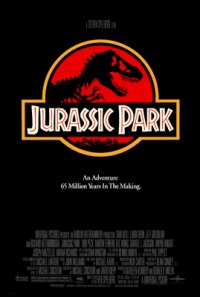
- Laura Dern as Dr. Ellie Sattler
- Jeff Goldblum as Dr. Ian Malcolm
- Richard Attenborough as John Hammond
- Ariana Richards as Lex Murphy
- Joseph Mazzello as Tim Murphy
- Bob Peck as Robert Muldoon
- Martin Ferrero as Donald Gennaro
- Wayne Knight as Dennis Nedry
- Samuel L. Jackson as Ray Arnold
- Cameron Thor as Dr. Lewis Dodgson
- Miguel Sandoval as Juanito Rostagno
- Gerald R. Molen as Dr. Gerry Harding
- B. D. Wong as Dr. Henry Wu
- Richard Kiley as himself
- Greg Burson as the voice of Mr. D.N.A.
Storyline
On a remote island, a wealthy entrepreneur secretly creates a theme park featuring living dinosaurs drawn from prehistoric DNA. Before opening the attraction to the public, he invites a top paleontologist, a paleobotanist, a mathematician/theorist, and his two eager grandchildren to experience the park — and help calm anxious investors. However, their park visit is anything but tranquil as the park’s security system breaks down, the prehistoric creatures break out, and the excitement builds to surprising results.
Development
Jurassic Park is based on Michael Crichton’s book of the same name which he published in 1990. The original idea for the book was initially about a student who re-creates a dinosaur but given how expensive genetic research is, the idea was turned into a wildlife park for extinct dinosaurs. Director Steven Spielberg found out about the novel in 1989 before Crichton had even published it and liked the idea that someday dinosaurs could be brought back to life. Before Michael Crichton had published the book, he asked for a non-negotiable fee of $1.5M as well as a percentage of the box office gross. Studios Warner Bros, Sony Pictures, and 20th Century Fox all made bids for the movie rights but it eventually went to Universal. As Spielberg was eager to make Schindler’s List, Universal greenlit the movie on condition that Spielberg directs Jurassic Park first, and then makes Schindler’s List.
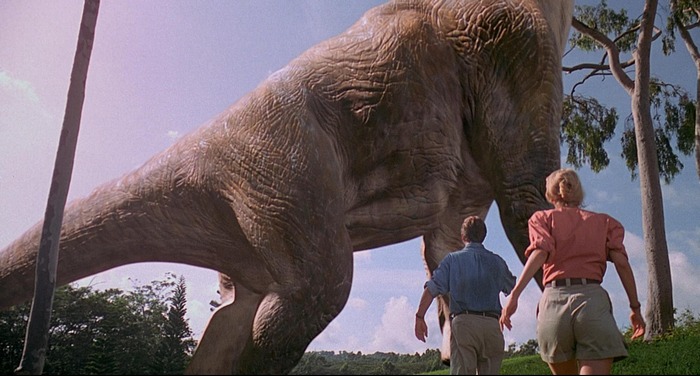
Universal paid Michael Crichton a further $500,000 to adapt his Jurassic Park novel. Because his book was so long, only 10-20% of the novel was actually in his script. Some scenes were dropped for budget reasons and the violence was toned down. Malia Scotch Marmo spent five months re-writing his script in October 1991, phasing out the Ian Malcolm character. Spielberg wanted another writer to do re-writes so Universel president Casey Silver recommended David Koepp. Koepp started from scratch, avoiding too much characterisation. Some thing were changed from the novel. John Hammond was transformed from a firm businessman to a kind enthusiastic old man and his grandchildren, Tim and Lex, were swapped around. Originally, Tim was going to be 11 years old and the computer genius and Lex was going to be 8 years old and into sports. They were swapped because Spielberg wanted to work with Joseph Mazzello and he wanted to have the subplot of Lex’s crush on Alan Grant. Grant’s relationship with the children changed slightly as he found them to be more annoying at the start. Another subplot of Ian Malcolm flirting with Ellie was also added to the script.
Spielberg removed two scenes from the book. Firstly, the opening scene with the Procompsognathus attacking the children as it was too violent and secondly, the scene with the T-Rex chasing Alan Grant and the children down the river. That was cut for budget reasons. Both scenes were later used in its sequel, The Lost World. A new scene was added to the script where the T-Rex was chasing the jeep as originally, there was going to be no chase sequence at all.
Pre-Production
In order to bring the dinosaurs to life, Spielberg hired Stan Winston to create the animatronic dinosaurs, Dennis Muren from Industrial Light & Magic to do the digital compositing, Phil Tippett to create go-motion dinosaurs for long shots and Michael Lantieri to manage the on-screen set effects. Jack Horner, who was a paleontologist, was brought aboard to supervise the dinosaur designs so they would be portrayed as live animals instead of monsters. Stan Winston created detailed models of the dinosaurs and molded latex skins over the mechanical parts.
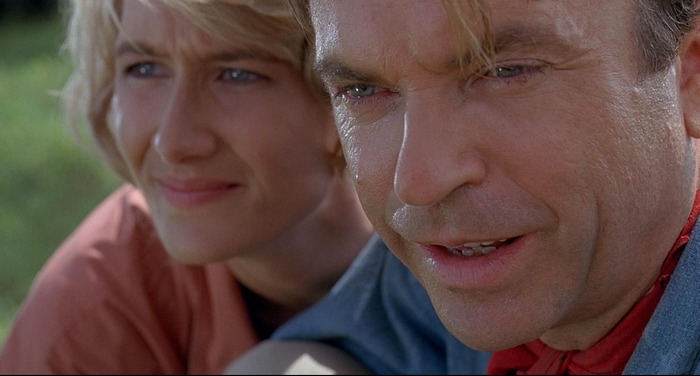
Tippett created stop-motion animatics of the velociraptors in the kitchen and the T-Rex attacking the car but the results weren’t up to the standard that Spielberg wanted. Dennis Muren then told Spielberg that the dinosaurs could be made from CGI. ILM created a CGI walk cycle for the T-Rex chasing the Gallimimus and Spielberg was extremely impressed with their work. As a result, the idea to use go-motion was scrapped in favour of CGI. Phil Tippett and his animators were still used by Spielberg as they knew how the dinosaurs should move. His animatics and the film’s storyboards served as a guide as to how the action scenes would be shot. Artists at ILM were given a tour of a local zoo so they could study the larger animals as to get a better idea of their movements.
Production
Filming for Jurassic Park began on the Hawaiian island of Kaua’i on August 24, 1992. Originally, Costa Rica was going to be a potential filming location but Spielberg wanted to work somewhere where he had worked before. The shoot lasted for three weeks and consisted of daytime shots of Isla Sorna’s exterior forests and the crew lost a day’s filming because of Hurricane Iniki which hit the island on September 11. Some of the stormy shots in the movie were actually filmed during the hurricane.
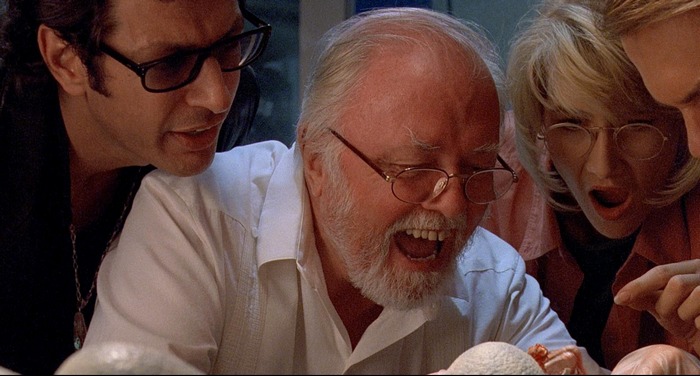
For the Gallimimus chase sequence, filming was moved to the island of Oahu at Kualoa Ranch and one of the early scenes had to be created digitally using a still shot of the scenery. More scenes were filmed on the island of Niihau. In the middle of September, the crew moved back to California to shoot at Universal’s Stage 24 for scenes involving the raptors in the kitchen. The crew also shot at Stage 23 for the scene where Ellie has to restore the power. After this, the filmmakers went to Red Rock Canyon to film the Montana excavation sequence. Back at Universal, the scene involving Tim trapped in the car was filmed using a fifty-foot prop with hydraulic wheels which aided the car’s descent from the tree. In Crichton’s novel, the cars were Toyota models but Spielberg struck a deal with Ford for them to provide Ford Explorers. They were altered by ILM to give the illusion they were completely self-driving vehicles and the driver was hidden in the boot of the car.
The crew then moved to Warner Bros. Studios’ Stage 16 to film the T-Rex attacking the vehicles. There was some issues with the water soaking the animatronic T-Rex as the water caused it to shake from the added weight. As a result, Stan Winston’s crew and to dry the animatronic dinosaur in between takes. The concept of Malcolm distracting the T-Rex with the flare was Jeff Goldblum’s idea as in the script, Malcolm was going to run away, just like Gennaro. The scene involving the ripples in the glass water was inspired after Spielberg was listening to some music in his car and the vibrations caused the ripples in his drink. The next day, guitar strings were placed inside the vehicle and a man underneath plucked them, which caused the ripple effect.
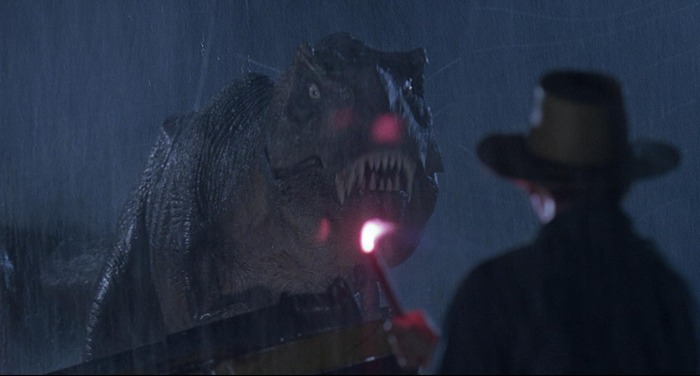
The scene involving Nedry being attacked by a Dilophosaurus was filmed on Stage 27 at Universal Studios. The final shoot ended on Stage 12 withe final scenes involving the raptors chasing the characters through the computer rooms and visitor centre. In the original ending, Alan Grant was going to use a platform machine to shift a raptor into the fossil T-Rex’s jaw. Spielberg changed the ending and brought back the T-Rex which attacks the velociraptors. The film finished filming on November 30, 1992, 12 days ahead of schedule. At this point, Spielberg went ahead and filmed Schindler’s List.
Post-Production
As filming had wrapped, it was ILM’s turn to create the visual effects. Placing the creatures into live action scenes took around an hour, while rendering them took 2-4 hours per frame and rendering the T-Rex in the rain took 6 hours per frame. Spielberg monitored their progress from Poland while filming Schindler’s List, often teleconferencing with ILM four times a week. Spielberg wanted the film to be first with digital sound so he funded the creation of DTS. The sound effects crew which was supervised by George Lucas, finished their work by April 1993. During the sound effects process, Spielberg flew from Poland to Paris on his weekends to meet with sound designer Gary Rydstrom and see his progress. The movie’s score was composed by John Williams who began scoring it at the end of February 1993 and it was recorded a month later. Williams wanted the score to give a sense of awe and excitement at seeing live dinosaurs but also had suspenseful tracks for when the T-Rex appeared. The soundtrack was released May 25, 1993 and later re-released for the film’s 20th anniversary on April 9, 2013 which included new bonus tracks.
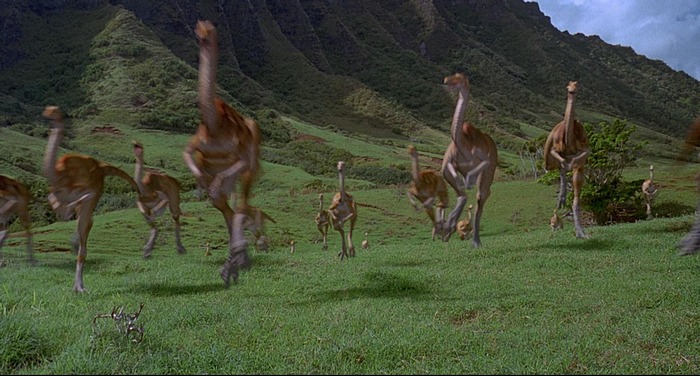
Release & Marketing
Universal planned the Jurassic Park marketing far in advance. It costs $65 million and the studio had deals with 100 companies to market over a 1000 items. These items included action figures from Kenner, McDonald’s Happy Meals, three Jurassic Park games from Sega and Ocean Software and a novelization for children. The original Jurassic Park trailers were careful not to reveal the dinosaurs too much. The film’s tagline was: “An Adventure 65 Million Years In The Making.”
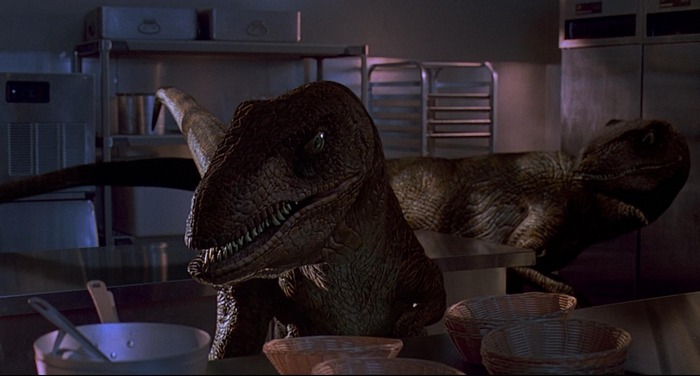
Jurassic Park had its premiere at the National Building Museum on June 9, 1993 in Washington D.C.. It opened two days later in the U.S. opening at 2404 cinemas with around 3400 screens. There were 3400 prints for overseas too. After the film’s release, a mobile exhibition called The Dinosaurs of Jurassic Park showcased the various dinosaur skeletons and film props. A series of comic books were published by Topps Comics and written by Steve Englehart. They were sort of a continuation of the film and they were eventually republished under the title Jurassic Park Adventures. Jurassic Park made its U.S. television premiere on NBC on May 7, 1995. Over 68 million people watched the premiere and it was, at the time, the highest-rated theatrical movie broadcast of all time.
Theatrical Re-Release
To celebrate the Blu-Ray release, Jurassic Park had a digital print released in UK cinemas on September 23, 2011 and it grossed £245,422 from 276 cinemas, finishing 11th at the box office.
Box Office
When Jurassic Park was released, it broke a number of box office records. At the time, it was the highest grossing movie of all time surpassing E.T. before been beaten by James Cameron’s Titanic in 1997. It grossed $3.1 million from midnight screenings and earned $47 million in its first weekend, surpassing the previous record holder Batman Returns. It grossed $81.7 million in its first week and spent three weeks at number one at the box office. It grossed $357 million in North America. The movie did equally as well overseas and broke many box office records there too and it grossed $914 million worldwide.
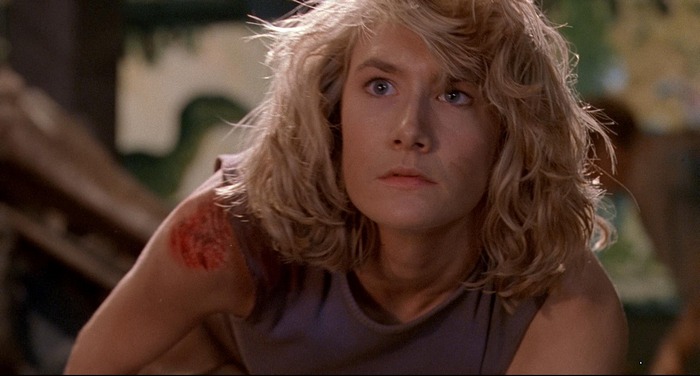
Reception
Jurassic Park received critical acclaim when it was released across cinemas. It currently holds a Fresh rating of 93% on RottenTomatoes based on 110 reviews. Critics loved the visual effects which, at the time, were nothing that people had ever seen before and many people consider Jurassic Park one of the best films ever to be created. Some of the negative points were aimed at the characters and story and that there was a lot of missing scenes from Michael Crichton’s book.
Jurassic Park 3D Re-Release
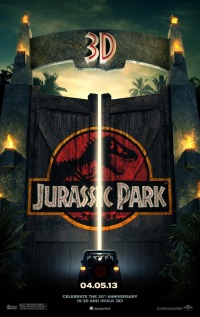
When the Jurassic Park 3D re-release came out, it debuted at fourth place in North American, grossing $18.6 million from 2771 cinemas and that included $6 million from IMAX showings. The film went to the top of the overseas box office and grossed $28.8 million in China. The re-release grossed in total $45.4 million in North America and $44.5 million and brought the total worldwide gross to $1,029,153,882, making it the 13th highest-grossing film of all time.
Concept Art
Production Stills
Script
Jurassic Park Script – This is the last Jurassic Park script we have. It’s dated December 11, 1992.
Jurassic Park Script (Older Draft) – This Jurassic Park script is dated March 14, 1992. It’s quite different to the other script.
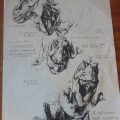
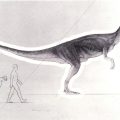

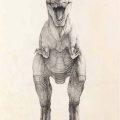

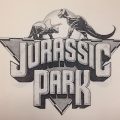
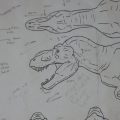
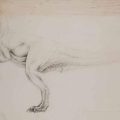
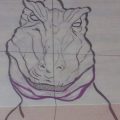
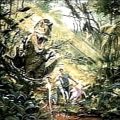
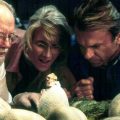
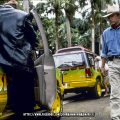
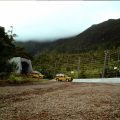
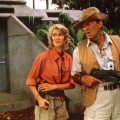
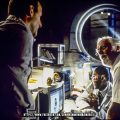
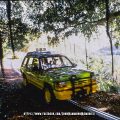
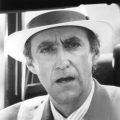
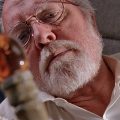
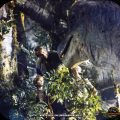
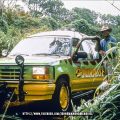



this shit is so cool. especially reading the actual script and cancled one. as the actual script has loads of shit missing from the film and the other script is basically like a whole alternate film.
lol you posted this on my birthday
This Stuff is AWSOME!!!!!!!!!!!!!!!
This was really good! However, The Dilophosaurus was 28 ft and The Velociraptors were 8 ft.
Whoops, the Dilophosaurus is actually 30 ft.
I love this movie hope others love it too
Raptors in the kitchen!
Jurassic park 25 th anniversary dvd
Yeah…!
yes it is amazing